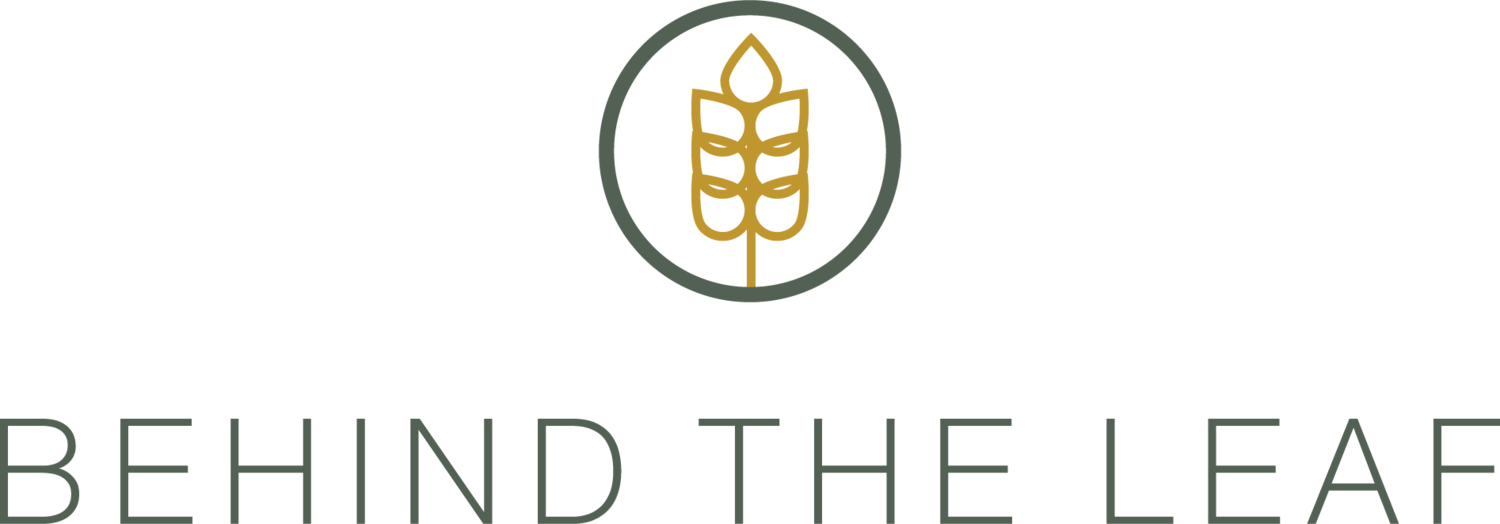Workflow Optimization Tips for Powerful Business Operation
Running a business is no easy task. There are countless tasks to manage, deadlines to meet, and team members to oversee. However, by optimizing workflows, you can streamline your business processes, reducing the number of errors and increasing productivity. Presented by Behind the Leaf, here are some tips that can help you to optimize workflows and ensure that your business runs efficiently and effectively.
Review Current Workflow and Processes
Before making any changes to your workflows, it is essential to understand how your current processes operate. Take the time to map out your workflows visually and identify any bottlenecks or inefficient steps. Analyze each process step by step, and identify each area that can be streamlined.
It can be helpful to engage a third party to help analyze your workflows as it can be difficult to spot inefficiencies from the inside. Once the analysis is complete, identify the most critical areas that need optimization.
Gather Feedback from Your Team Members
It is not only important to analyze processes from a high-level perspective. It is also important to gather input and feedback from team members who use these processes every day. Who are the people carrying out each workflow, and what challenges do they face? What could be done to make their workflows more efficient?
Speaking to your employees and gathering feedback gives you the chance to understand their pain points and find out how to improve their working environment. The solution might be a simple change in process or providing additional training for them. Involving your team members also increases employee engagement, which can boost morale and increase productivity.
Use Intelligent Automation for Business Processes
Want to speed up and streamline your business processes? Consider this option: Intelligent automation is one of the most significant technological advances, and it has the potential to transform your workflows. Intelligent automation can help your business to alleviate some of the manual burdens and reduce the risk of human error. Some of the key areas that are suitable for intelligent automation include:
● Invoice processing
● Data entry
● Order fulfillment
● Customer service requests
Using intelligent automation saves time, reduces the risk of errors and can increase productivity significantly. You can free up employee time from repetitive tasks and relocate them to more significant projects.
Speed Up the Onboarding Process
Onboarding new employees can be time-consuming and can result in a drag on productivity. However, it is essential to onboard new employees quickly, to reduce the time it takes to get them up to speed. A properly optimized onboarding process can help you get new employees up and running quickly.
Make sure that you have a documented process in place that outlines everything that new hires need to know. This can include things such as training resources, company policies, and software that they'll need to use.
Automate as much of the onboarding process as possible. This includes sending welcome emails, scheduling orientation meetings, and delivering training materials. The more you can automate your processes, the faster and more efficient your onboarding process will be.
Reduce Multitasking Whenever Possible
It is a common misconception that multitasking is an efficient way to get things done. Research shows that multitasking doesn't work very well, and can often result in lower productivity and increased stress.
Instead of trying to do several things at once, it is better to focus on a single task at a time. Block out time on your calendar for focused work, and avoid distractions as much as possible. This can help you to complete tasks more quickly and accurately.
Don’t Schedule Unnecessary Meetings
Meetings can be a significant drain on employee productivity. All too often, meetings drag on for hours, and nothing is accomplished. To maximize your team's time, reduce the number of meetings you have, and ensure that they are productive.
Before scheduling a meeting, ask yourself if this is the most efficient way to accomplish what you need to do. If it isn't, consider using a communication tool like email or a messaging app instead. If you do need to hold a meeting, make sure that it is well-organized, with a clear agenda, and actionable outcomes.
Find Ways to Boost Collaboration
Collaboration is critical to any business's success. Improving the way employees work together can help to improve productivity and create a more efficient and effective workflow.
There are several ways to boost collaboration, such as using collaboration tools that enable employees to share information and ideas more effectively. Encourage communication and exchange of ideas between employees and teams.
By thoroughly analyzing current workflows and processes, gathering feedback from the team, using intelligent automation, speeding up onboarding for new employees, reducing multitasking, eliminating unnecessary meetings, and taking steps to boost collaboration, your business can optimize workflows and ensure that it runs efficiently and effectively.







